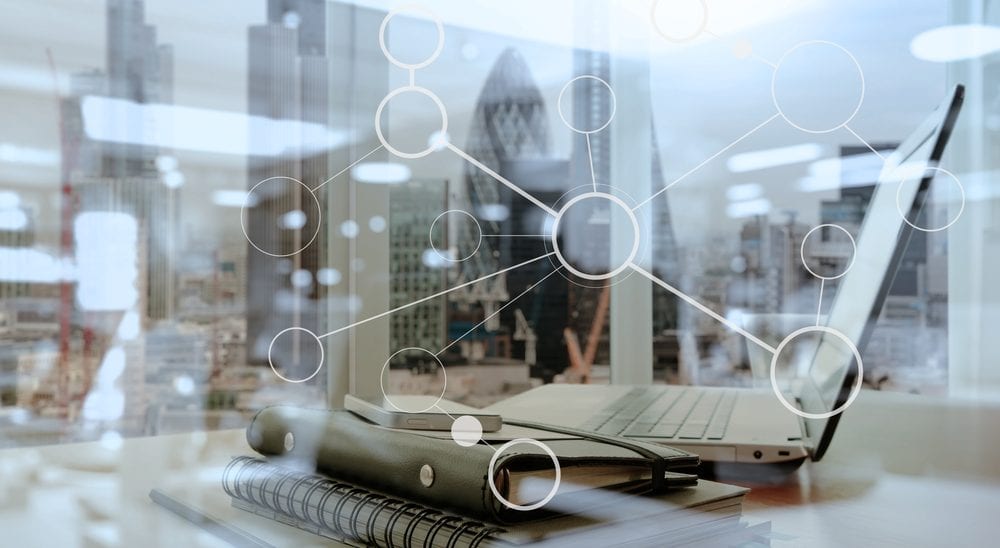Managing the digital workplace: why employees lose two weeks a year to IT downtime

Jon Cairns, VP, Global Solution Consulting, Nexthink, helps us to understand ways we can meet employee demand for IT-related issues.
A recent study by Vanson Bourne and Nexthink shows that employees are losing an average of 28 minutes every time they have an IT-related problem. According to the report, IT decision makers believe employees are experiencing approximately two IT issues per week, wasting nearly 50 hours a year. However, the same report findings show that only just over half of IT issues are being reported, so the numbers are more likely to be nearly double that – close to 100 hours (over two work weeks) a year.
The Nexthink Report revealed the following results from the workers surveyed:
- 43% of workers say they have increased their number of support tickets to IT teams
- 38% of workers have had issues with VPN access and 37% with Wi-Fi connectivity
- Over a third (35%) of IT leaders surveyed felt restricted in the support they could offer remote employees
- 37% of staff felt as though they didn’t have the right tools to get their work done when the transition was first made
- 78% of IT leaders believe digital employee experience is essential or a high priority today, compared to only half (49%) 12 months ago
The average employee switches between 35 job-critical applications, more than 1,100 times every day. As the use of technology in the workplace booms, it seems that every employee has their own preferred workflow, supported by a specific data set, programme, app or device. And as employees continue to rely on more complex and diverse technologies to get their jobs done, the sheer volume, variety and velocity of these technology choices is making it harder for IT teams to support them and deliver a seamless digital experience.
This is a huge challenge to rise to, especially with 84% of employees believing that their organisations should be doing more to improve the digital experience at work. The current crisis has only exacerbated this burden, with IT leaders now responsible for managing the remote working experience for hundreds, if not thousands, of remote employees.
How can IT departments provide the best technology while also ensuring, and properly measuring, a digital experience that allows end users to be effective, without creating more problems for time-poor IT teams to deal with?

Understand your network
The employee environment has become increasingly personalised and is informed as much by personal and social preferences as the business’ needs and expectations. As a result, devices ranging from mobile phones to printers, commonly used applications and browser plug-ins, all exist in a space somewhere between corporate control and employee independence. In fact, as far back as 2015, 74% of employees were using their own devices at work, whether it was part of a business strategy or not.
Improving the digital experience for employees, while also ensuring device performance and system security, demands better data. Companies need to know exactly what’s installed, used, modified, patched and configured on their network (on a per-user basis) all the time, whether it’s on-premise or in the cloud. To do so, a foundation built on complete infrastructure context is required. Without clear endpoint data and active infrastructure monitoring, any attempt to streamline services will be out of sync with the true user experience, potentially causing more problems than it solves.
Contextualise user problems
Users don’t care why technology doesn’t work — they just want it to work. It’s the human side of the technology equation. The “human agent” is fully part of digital experience monitoring (DEM), defined by Gartner as “the experience of all digital agents — human and machine — as they interact with enterprise applications and services.”
Whereas users may not care, IT absolutely needs to know why technology isn’t working properly. It’s no longer enough to tell users their problem will “eventually” be fixed as teams work through ticket queues. Instead, IT is responsible in these situations to keep staff happy and productive, and in order to do so, IT teams need an inside track on contextual experience.
Read More: Women in tech reveal the biggest challenges they face
However, understanding that experience as it is happening is not easy. The sheer number of services and staff make it impossible for IT teams to stay ahead of person-specific issues using traditional monitor-and-ticket responses. Instead, they need tools capable of observing user behaviour, contextualising immediate problems and implementing effective remedies, eventually leveraging automation to proactively take action without the need of a human operator. This might include changing configurations, installing new software or updating drivers — to solve small problems before they become large issues. Put simply, the combination of subjective understanding and proactive response to contextual data is more than the sum of its parts.
Combine device monitoring with sentiment analysis
To improve employee engagement, organisations should conduct standard technical monitoring while also taking their employees’ sentiment into account. Some companies are developing systems, such as Nexthink’s DEX Score, to continuously measure digital workplace experiences. By implementing a scoring system, businesses can measure, benchmark and improve the digital employee experience with a defined set of metrics across workplace devices, productivity and collaboration tools, business services and security.

Here are some of the key components needed to create a more engaged digital workplace:
User sentiment analysis: Understanding how users perceive their current digital experience and how that matches with hard data on technical performance.
Self-healing and repair: Using a combination of contextual analysis and traditional performance monitoring, tools can empower IT to address immediate issues with user feedback in mind; they should be fully automated or offer a simple and fast resolution action.
Self-help: This includes the creation of free IT resources to solve common problems and is especially effective when paired with proactive solutions and improvement recommendations.
Verification feedback loop: Did fixes address specific issues? Are users satisfied? Based on what I’ve seen from many businesses, on average, 10% of all closed support tickets are never resolved; they’re simply closed. DEM solutions must empower IT to follow up with employees about their continued experience.
To meet employee demand for a seamless digital experience, IT teams need to establish a solid data foundation and work towards combining user sentiment with hardware and software monitoring. By recognising that existing metrics aren’t enough, IT teams will be empowered with far better visibility into both technical data and user sentiments, giving decision makers new insight that can support change management and improve employee satisfaction.
